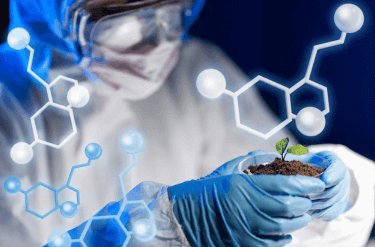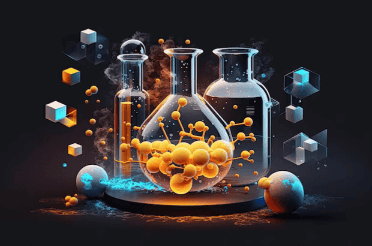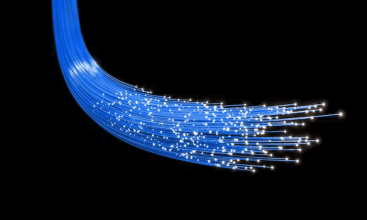Question
a.
1000 to 2000
b.
3000 to 6000
c.
6000 to 9000
d.
10000 to 100000
Posted under Basic Chemical Engineering
Interact with the Community - Share Your Thoughts
Uncertain About the Answer? Seek Clarification Here.
Understand the Explanation? Include it Here.
Q. A gas is termed as non-toxic, if its maximum permissible concentration (TLV) ranges from __________ ppm.
Similar Questions
Explore Relevant Multiple Choice Questions (MCQs)
Q. Removal of __________ is accomplished by aeration of water.
View solution
Q. High noise level in a chemical plant can be controlled by the
View solution
Q. Limestone powder is injected during pulverised coal burning in boilers to __________ the flue gases.
View solution
Q. Main pollutants released from petroleum refineries is
View solution
Q. Maximum permissible limit of industrial noise as recommended by World Health Organisation (WHO) is __________ decibels.
View solution
Q. Which of the following is a green house gas other than CO₂ ?
View solution
Q. Pick out the correct statement.
View solution
Q. BOD of raw municipal sewage may be in the range of about __________ mg/litre.
View solution
Q. Irradiation of water by ultraviolet light of suitable wavelength is commonly used for disinfection of water in
View solution
Q. When the concentration of SO₂ in air is greater than __________ ppm, it gives a pungent smell.
View solution
Q. Presence of a certain minimum quantity of flourine is desirable in potable water to prevent
View solution
Q. Death may occur, when SO₂ concentration in atmospheric air exceeds __________ ppm.
View solution
Q. Which of the following acts as a natural source of air pollution ?
View solution
Q. Higher concentration of CO₂ in atmosphere
View solution
Q. Permissible safe limit (TLV) of __________ toxic gas is 100-1000 parts per million (ppm).
View solution
Q. Radioactive substances present in the polluted water stream can be removed by
View solution
Q. Most of the bacteria in sewage are
View solution
Q. Which of the following is the most major constituents of air pollutants ?
View solution
Q. Shouting by a man at his full voice corresponds to a voice level of about __________ decibels.
View solution
Q. Carbonaceous particles having size less than 1 μm are called
View solution
Recommended Subjects
Are you eager to expand your knowledge beyond Basic Chemical Engineering? We've handpicked a range of related categories that you might find intriguing.
Click on the categories below to discover a wealth of MCQs and enrich your understanding of various subjects. Happy exploring!








